This year in July 2016, me and my wife we are going to Tour the Alps in a yamaha Tracer 900 for a week.
The objective of this tour is for us to spends some quality time together (that's important!) discover the great Alpine roads and views (also extremely important) ,to experience the cuisine, meet the people, see the folks daily routines and most important of all enjoy some vacations together doing something we love, riding a motorcycle.
Let's start from the beginning, I have been riding motorcycles for a greater part of my life and it is just something that feels my soul with passion, it's so effective I now ride a motorcycle everyday to work. Every time I get myself in top of the saddle, the stress stops, no concerns, no problems (just the usual retarded drivers, but that I got used too now) no telephones, no responsibilities, massive freedom. In conclusion a great get a way from your daily stress.
If its good weather on a weekend, I am certainly out riding. Doing what you ask ? well riding a motorcycle will give you all kinds of pleasures, you are free to watch 360 degrees around, you are exposed and more connected to all the elements, therefore wind in your chest and the smell directly in your nose, like ridding a horse but better in a lot of ways. All these sensations also come from the root fear of having no protection around you and knowing that you can easily die or get injured in certain situations, does it scare me ? yes, do I stop it , no ! why? because it makes me feel free and alive! Its something I Intrinsically love and believe will never get tired of.
Now back to the trip, After 2 years of deciding that I was going to ride a bike everyday, the curiosity and the excitment of trying different motorcycles started (not difficult for me as I will get excited over anything I can drive :), ask anyone who knows me well). After getting this excited I started to check for Other roads, more twisties (turns) and more people, going for Meetings, Ride outs, Motorclubs, Small Tours, the Comradry etc.. It all took me to the place where it felt like, I needed to get out of here and just have road in front of me, and go for an adventure with small to no planing. Excitment again! Plus I will take my wife with me. Double pleasure, It wasn't very hard to convince her, this means we can also have quality time together.
Now its time for preparations..
Our Preparations/planning:
Trip
where to go ?
- Departure -
Zaandam (NL)
1st day - Michelstadt (GER)
2nd day - Lichtenstein (GER)
3rd day - Bormio - Stelvio's Pass (ITA)
4th day - Alpbach (AUS)
5th day - Incognito (somewhere in GER)
6th day - Incognito (somewhere in GER)
why? - because every real motard, biker. squid, rider should tour the alps and check those amazing roads with breathtaking views. if you own a motorcycle in Europe, go there!
- where to stay & why? - we booked hotels for the first 4 days because camping is not an option for me, I will be taking my wife on pillion so I definitely need to have a rest and a shower, not willing to suffer on my vacations.
-Freely travel and look for something every night ? we will do this on our way back (eventually the next time from beginning if it somehow proves to be less stressful or more exciting. )
Motorcycle
Yamaha MT-09 Tracer
Accessories
- GPS - under investigation, most likely a TOMTOM 400 Rider.
- Top/Side Cases - Top - Hepco and Becker Gobi Top case 42liters / Sidecases OEM SW MOTECH Soft side cases
- Taller Windscreen - Fabri - Gen X!
- Seat - will remain the OEM.
Rider and Passenger Gear
- Protection
- rain gear - n.t.b.
- riding gear - Done!
- helmets - Done!
- Communication - Cardo Scala Q1 Duo
- Hydration - under investigation - most likely Camel Bags
- First Aid Kit - n.t.b
- Flat Tire Kit - n.t.b
- Set of Tools - Comes with the bike, added a hexa set of keys.
- Fuel plan b - n.t.b
- Recording - n.t.b
- Documentation - DoHotels booked for the first 4 days going down and around, and returning to Holland will be random.
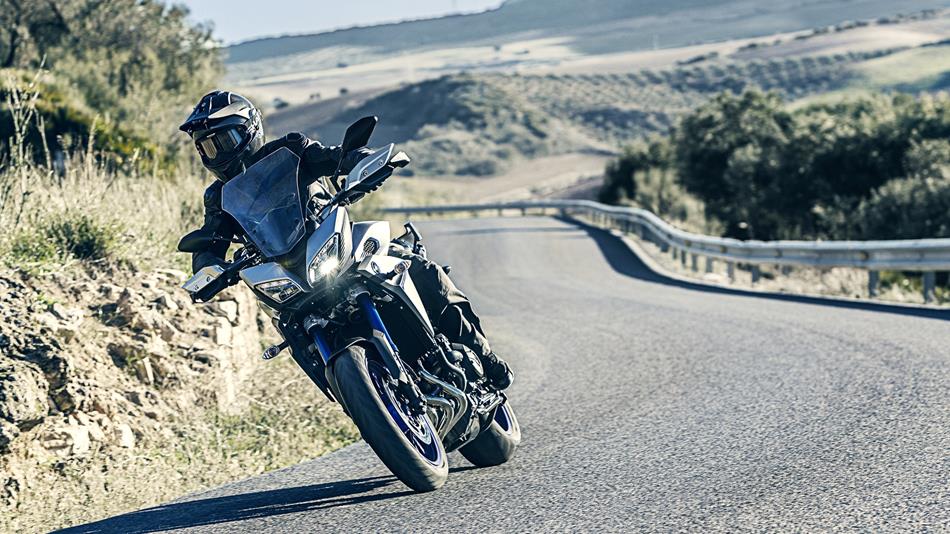




 Engine CAD
Engine CAD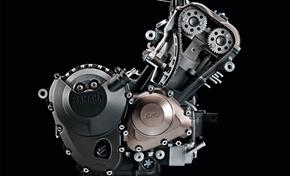 Engine with offset cylinders
Engine with offset cylinders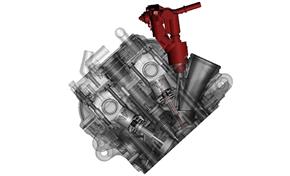 Injection precision
Injection precision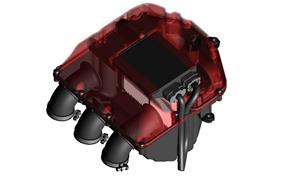 Intake funnels with uneven lengths
Intake funnels with uneven lengths
 Combustion torque and Inertial torque add up to Composite torque
Combustion torque and Inertial torque add up to Composite torque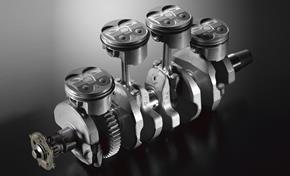 In a normal in-line 4-cylinder, two pistons always rise and fall at the same time
In a normal in-line 4-cylinder, two pistons always rise and fall at the same time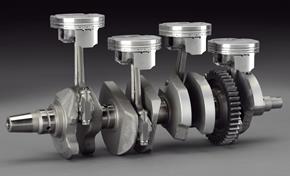 In a crossplane engine, pistons are 90 degrees apart
In a crossplane engine, pistons are 90 degrees apart In a 3-cylinder engine, pistons rise and fall 120 degrees apart
In a 3-cylinder engine, pistons rise and fall 120 degrees apart